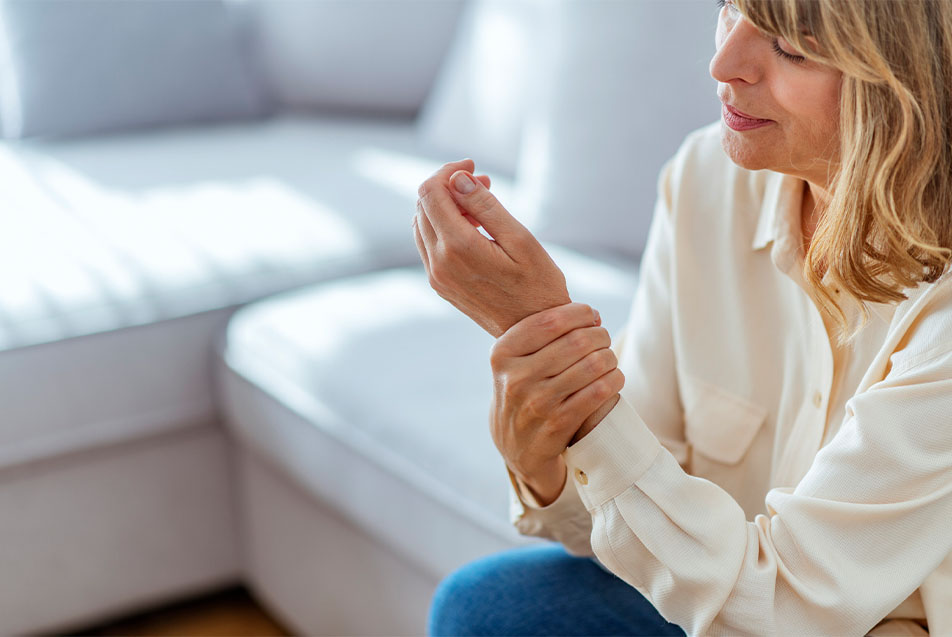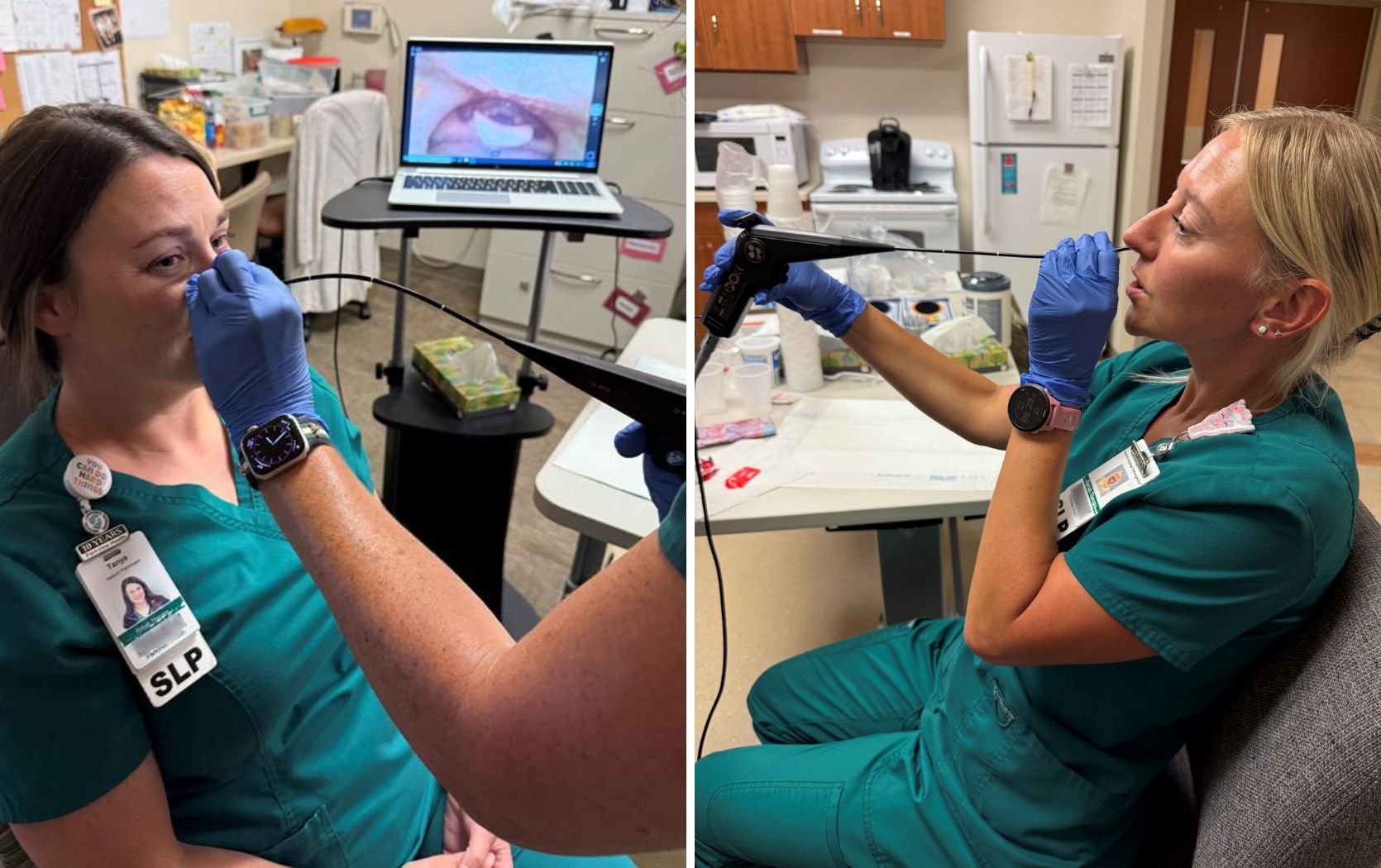
Osteoporosis is still rising, affecting both men and women across the nation. Jill Zahm, MSN, RN, AHN-BC, program coordinator, Parkview Heart Institute, helps explain the disease further while highlighting treatments and preventative measures we can all take to avoid bone loss and improve our bone health.
Osteoporosis is a disease that weakens bones. It affects their density, making them more susceptible to unexpected fractures. Osteoporosis-related breaks and fractures can happen in almost any bone but most commonly occur in the wrist, hip and spine. An estimated 10 million Americans already have osteoporosis, and more than triple that number are at high risk for the disease, with 80% being women. In fact, a woman’s risk of osteoporosis is equal to her combined risk of breast, ovarian and uterine cancer.
Cause
Your bones contain living, growing tissue. When viewed under a microscope, healthy bones look similar to a sponge or honeycomb. However, when osteoporosis occurs, the holes in the sponge or honeycomb grow larger. As those spaces get bigger, the bone becomes less dense, which weakens it, leaving it more vulnerable to breaks. Additionally, as you age, the relationship between bone loss and bone formation begins to shift, causing an imbalance, losing more bone mass faster than it can replenish. So, the more bone you have at the peak bone mass before bone loss starts, the better protected you will be against osteoporosis.
Signs and symptoms
Osteoporosis is a silent disease that often has no symptoms in its early stages. Many people don’t know they have it until they break a bone. However, once your bones become weakened by bone loss, you could experience symptoms including:
- Back pain
- Bone fractures
- Change in posture
- Loss of height over time
Risk factors
Many risk factors increase your chance of developing osteoporosis. Some of those include:
- Age
- Race
- Gender
- Low body mass
- Family history
- Tobacco use
- Alcohol use (3 or more drinks/day)
- Use of oral glucocorticoid therapy
Diagnosis
In most cases, your provider may order a test to gain vital information and assess the health of your bones. Bone mineral density (BMD), also known as dual-energy X-ray absorptiometry (DEXA) scans, are the gold standard for screening for osteoporosis. These X-rays use minimal radiation to determine how solid your bones are and are excellent predictors of future fracture risk.
The Bone Health and Osteoporosis Foundation recommends people at average risk of osteoporosis get a BMD or DEXA scan starting at age 65 for women (and age 70 for men). However, if one or more family members have had osteoporosis, you could be at a higher risk for the disease and may want to consider getting your scan earlier than the recommended age.
Treatment
If you already have osteoporosis or osteopenia, a healthy diet, exercise and lifestyle changes can help improve the bone loss you experience with the disease. But following these recommendations may not be enough. Many people also need prescription medicines or therapies to treat osteoporosis. Some of those include:
- Bisphosphonates (or antiresorptive drugs)
- Hormone and hormone-related therapy
- Anabolic agents
- Biologics
While there are numerous types and classes of medicines or therapies, it’s important that you speak with your healthcare provider. They can help you determine which one is best for you.
Prevention
Believe it or not, osteoporosis is preventable. Your diet and lifestyle (including exercise) are the two main risk factors that you can control to help prevent the disease. Try incorporating these preventative strategies to help develop and maintain healthy bones as you age:
- Eating a calcium-rich diet
- Getting enough vitamin D
- Doing weight-bearing and resistance exercises
- Reduce alcohol consumption
- Stop smoking (or never start)
- Check your risk factors
- Speak with your provider about your bone health
Final thoughts
Now is the time to act! Remember, you are never too old (or too young) to protect the health of your bones. Please speak with your primary care provider if you have additional questions or concerns about osteoporosis or improving your bone health.



